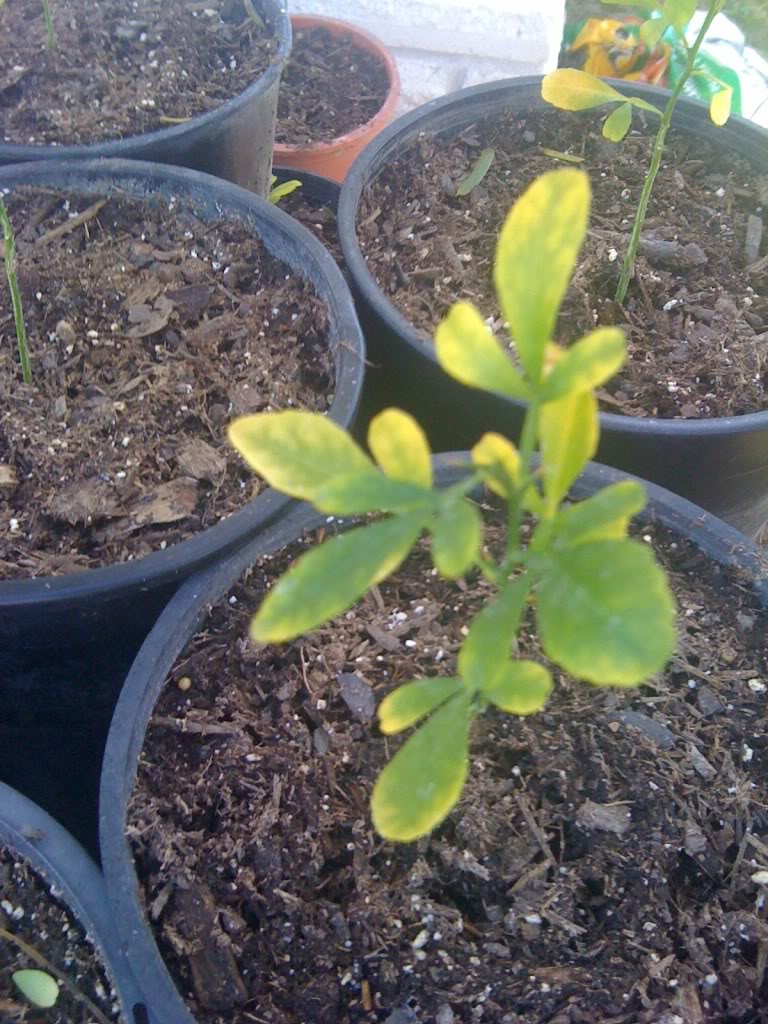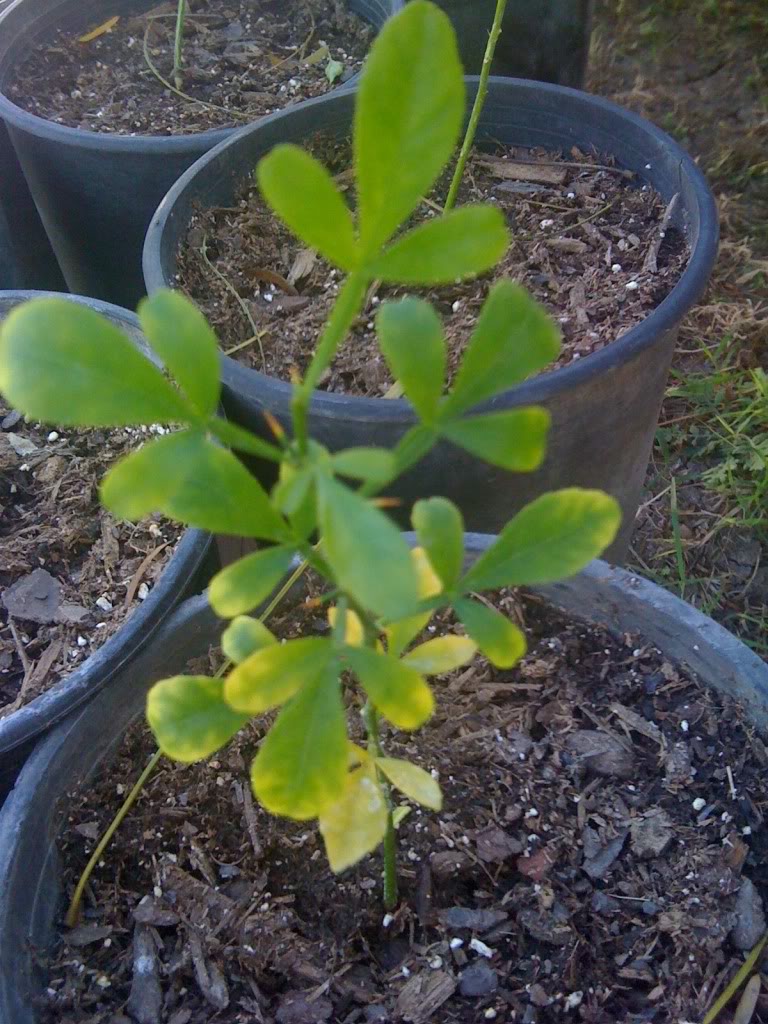E. S. Louzada1 , H. S. del Rio1, M. Sétamou1, J. W. Watson1 and D. M. Swietlik2
(1) Texas A&M University-Kingsville, Citrus Center, 312 N. International Blvd, Weslaco, TX 78596, USA
(2) United States Department of Agriculture, North Atlantic Area, Office of the Associate Area Director, 600 East Mermaid Lane, Wyndmoor, PA 19038-8595, USA
Received: 4 December 2007 Accepted: 26 April 2008 Published online: 10 May 2008
Abstract Citrus tristeza virus (CTV) is one of the most devastating disease in areas where sweet orange or grapefruit are budded onto sour orange rootstock. In Texas, the citrus industry is located in the far south of the state in a high pH and calcareous soils region, which makes sour orange the best rootstock option. The Texas industry has been under a threat since the arrival in Florida and Mexico of the most efficient vector of CTV, the Brown Citrus Aphid. In an attempt to find a suitable replacement for sour orange rootstock a field trial was performed to evaluate 10 rootstocks with Rio Red grapefruit scion. Trees on C35 and Carrizo citranges, and Swingle citrumelo became very chlorotic and died. The other rootstocks also showed slight to severe chlorosis but were able to recover. C22 outperformed all rootstocks during the 6 years, producing more than 1.5 times the yield of sour orange, and ≈2-fold the production of Goutou which was the rootstock with the lowest production. Although significantly lower than C22, the cumulative production of trees on C57 and C146 rootstocks were excellent and their yearly fruit productions were similar to that of C22 in four (2001, 2003, 2004, and 2005) out of the 6 years of study. All three rootstocks originated from the same cross (Sunki mandarin × Swingle trifoliate orange). In all years, sour orange rootstock yielded the highest percentage of soluble solids (SS) and Troyer and Goutou rootstocks the lowest. Although the SS varied with rootstocks, the ratio of the SS and the percentage of acid did not significantly vary with rootstock type. Considering that C22, C57, and C146 are tolerant to CTV and other important diseases, these rootstocks are good options to replace Sour orange in Texas.
http://www.springerlink.com/content/g63146p020gn721v/
It is a mandarin- trifoliate mix
i got for free a tray of about 40 of them
why a do they have do much yellow on them?










